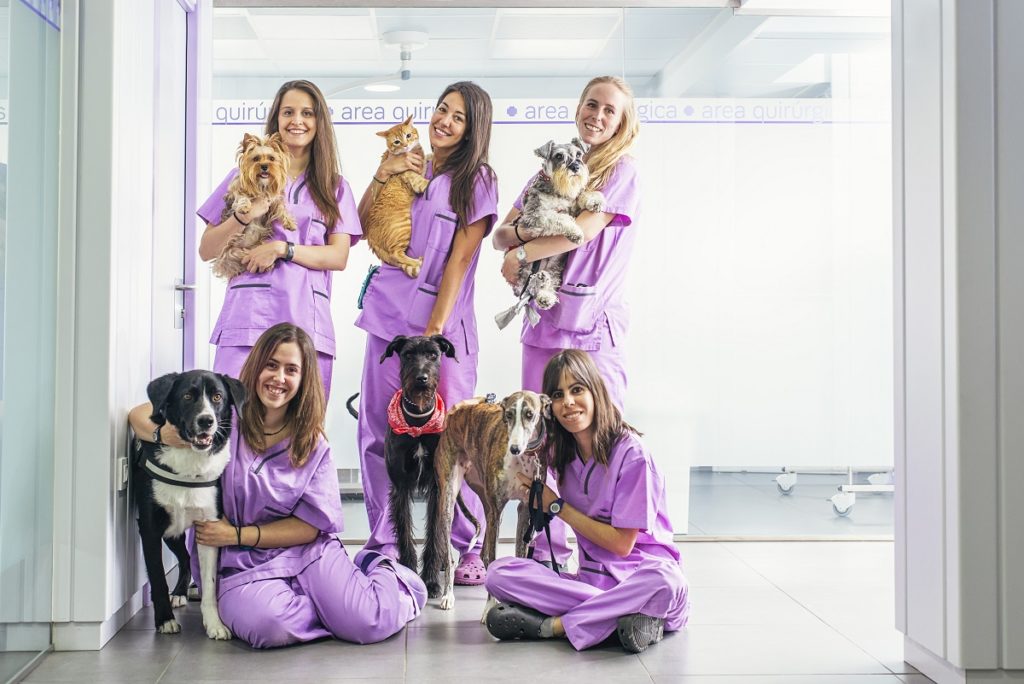You always hear that having a pet is good for you. It elevates your quality of life. It enhances your human experience and even heals you, mentally and physically. All of that is possible because of the real connection that we’re able to build with animals. Scientists have always been curious about the special bond humans and animals share. But the term human-animal relationship was only officially coined by Leo Bustad, a veterinary scientist from Washington State University, in the early 1980s.
Three decades later, Bustad’s curiosity evolved into an interdisciplinary field of research, expanding our knowledge of the interconnection of all life on earth.
There are three principal theories that explain the essence of human-animal interactions: the biophilia hypothesis, the social support theory, and the selfobject theory.
The interconnection of All Life
The biophilia hypothesis explains that people have an instinctive urge to connect with nature. This affinity for animals and nature in general gives the person a sense of belongingness, a reminder that the self is still part of the natural world, which is necessary for psychological well-being. Owning a pet or showing an interest in animals allows humans to reflect on the “self” in relation to other forms of life.
Animals as Selfobject
When a person sees an animal as a feeling, companionable, and reciprocating individual, it means that they identify with the animal. The selfobject theory best explains why companionship and affection are often the primary purposes of pet ownership.
The theory speculates that empathy is the key ingredient that makes it so effortless for people to form attachments to animals, or maybe because pets provide the ideal function of a selfobject. Perhaps, this explains why some people, especially empty nesters and widows, see pets as substitutes for kids.

Furry Friends as Social Support
Clinton R. Sanders, in a paper published in the Advances in Consumer Research, writes that companion animals are often seen as nonjudgmental, genuine, accepting, and requiring nothing from the relationship other than care and attention, qualities that are often lost in human-to-human interactions.
In simple words, both humans and companion animals provide for or “complete” each other. The owner provides food, shelter, and attention. In return, the pet provides companionship and abiding loyalty. You can describe it as a simpler, less demanding form of social give-and-take.
It’s a Two-Way Street
Just as humans benefit from animals, animals also play an active role in strengthening this link. The theory of self-domestication proves that like humans, animals can “tame themselves” for the main purpose of survival.
Material findings show that domesticated animals evolved to have smaller brains compared to their cousins in the wild, in the same way that animals living near human populations show lower levels of aggression.
Self-domestication happens when there is a strong need to survive. Because pets, such as dogs and cats, don’t need to compete with other animals for food and shelter, aggression is temporarily switched off. Aggression can then be clustered with other biological drives, such as sex and hunger, and to some extent, companionship and security.
That means, when a dog curls up next to his owner during a thunderstorm, it’s an attempt to find sanctuary from the noise or the danger associated with it. Instead of fleeing from the source of fear, as dogs would normally do, the dog acknowledges that the owner’s presence is “safer.”
Take-away
So, if you have pets, be thankful. Think of the next postcard reminder from your vet as a blessing. Because without even fully realizing it, your pet gives your existence meaning that’s essential to your health and happiness, just as your existence is a gift to theirs.






